Healty Back Series: Spine Mobility
Last week, we discussed posture and body mechanics as ways to prevent injury. This week we’re talking about spine mobility. Each area of the spine needs a certain amount of movement to perform specific tasks.
For example, the cervical spine, or neck has more mobility than the thoracic spine, so that we have the ability to look over our shoulder and overhead. Each segment needs to be able to move freely in each direction, though the degrees of movement will vary.
The spine is divided into 3 main areas:
Cervical Spine (Neck)
Thoracic Spine (Mid-back)
Lumbar Spine (Low back)
These areas are highlighted in the picture. Each area of the spine has multidirectional movement. The spine needs to be able to flex, extend, side bend right and left, as well as rotate right and left.
I’ll be discussing a few stretches for each area that will move the spine in each necessary direction. Part of maintaining a healthy and mobile back is to work on the flexibility of your spine and its surrounding muscles. Everything in our bodies are connected and directly affect other areas.
Tightness in one area can lead to increased tension on the spine and can change your posture. The same can be said for weak or tight muscles, which I’ll explain further next week.
Here are some daily exercises that will help keep your spine mobile!
Cervical Spine Stretched & Exercises
UT stretch
Tilt your head to the side (ear moving towards the shoulder). You can apply gentle pressure with your hand. Your shoulders should stay level when stretching. Avoid lifting on one side.
Hold 20 seconds each side
Woman demonstrating Neck Extension Stretch
Neck extension
Start with your hands clasped together behind your back. The chest should be open and wide.
Look up towards the ceiling. You should feel a stretch at the chest as well as the front of the neck while extending the cervical spine.
Hold for 10 sec. Repeat 3x
T-Spine Exercises & Stretches
Cat/Cow
Start on hands and knees. Bring your head down while making an arch (hump) with your upper back. Hold here for a count of 10 before, performing the opposite stretch. Look up while creating a dip in the back, stretching out the abdominals.
Alternate cat/cow movements 6x hold for 10 sec. Each.
Standing side bend
Place your arms above your head holding onto elbows. Right foot crosses behind the left leg while you lean your upper body to the left.
You should feel a stretch throughout the side body. Stretch the opposite side by crossing the left leg behind the right and bending to the right side.
Hold for 20 sec.
Quadruped rotation
Quadruped Rotation, Part I
Start on hands and knees. Raise one arm towards the ceiling, your gaze should follow the hand reaching.
Quadruped Rotation, Part II
It’s normal for one side to be tighter than the other. You may not be able to reach the arm to the ceiling at first, but that’s okay!
Hold for 20 sec. And repeat on the other side.
Lumbar Spine Stretches & Exercises
Child’s Pose or Knees to Chest
To stretch the lower lumbar area you can lay on your back bringing the knees to the chest and hugging the knees with your hands. If it's more comfortable, you can also stretch one leg at a time. The other option is to sit on your feet in child's pose.
Keep your bottom as close to your feet while reaching forward as much as you can. Let your forehead rest on the mat as able.
Hold each position for 20-30 sec. Each. Repeated as needed.
Sphinx or Cobra
Woman practicing Sphinx Pose
For sphinx pose, lay on your stomach while propping the upper body up onto forearms. Gaze should be forwards. Keep the neck long keeping the ears away from the shoulders.
Woman practicing high Cobra pose
If you want a deeper stretch into extension, you can assume Cobra pose. Arms are fully extended while the back stretches.
Hold for 10-20 sec.
Lumbar Twist Rotation (LTR)
Lay on your back and bend your knees with your feet flat on the floor. From here, bring both knees to one side of your body. Turn your head the opposite direction of the knees. Hands can remain palms up in a T, or keep hands behind the head for a deeper chest stretch. Each time you rotate try to relax into the stretch. Often one side is tighter than the other.
Hold for 10-15 sec. Then switch sides. Try for 6x.
Triangle pose
Take a wide stance with toes facing out. Extend both legs, reach one arm out to the side, first reaching away from the body, then down towards the ankle. The other arm should reach towards the ceiling adding rotation. Your gaze should follow the hand reaching towards the ceiling.
Hold for 20-30 sec. Repeat on the other side.
Muscle length is also important in maintaining a healthy back, as it can directly affect our spinal posture. For example, tight hamstrings can pull on the pelvis tilting it back. This causes increased pull on your low back musculature. Over a period of time, this can contribute to low back pain.
Hamstring Stretch
Sitting on a mat with legs extended forwards, reach for your ankles or toes. Keep the back straight, hinging at the hips. You should feel the stretch behind the thighs. You can also reach for one leg at a time or lay on your back and extend one leg towards the ceiling. Choose whichever position is more comfortable for you.
Hold for 30 sec. Repeat 3x each side.
Piriformis stretch
Woman demonstrating Figure 4 Stretch
Another tight muscle that is a culprit for back pain is the piriformis. The sciatic nerve runs through his muscle. If it remains tight, it can compress the sciatica nerve causing radiating symptoms behind the leg.
There are a few different ways to stretch this muscle. Laying on a mat, create a figure 4 shape by crossing your leg over the other and pulling the leg towards you. You can also try a figure 4 stretch seated in a chair or sitting up on a mat.
Hold for 30 sec. Repeat 3x each side.
These groups of stretches are safe to do everyday. Consider doing half before your workout and the other half after, if you want to break it up a bit. You can even use all the stretches as a warm up on exercise days.
No matter how you do it, you’ll be taking an active step to keep your spine moving well.
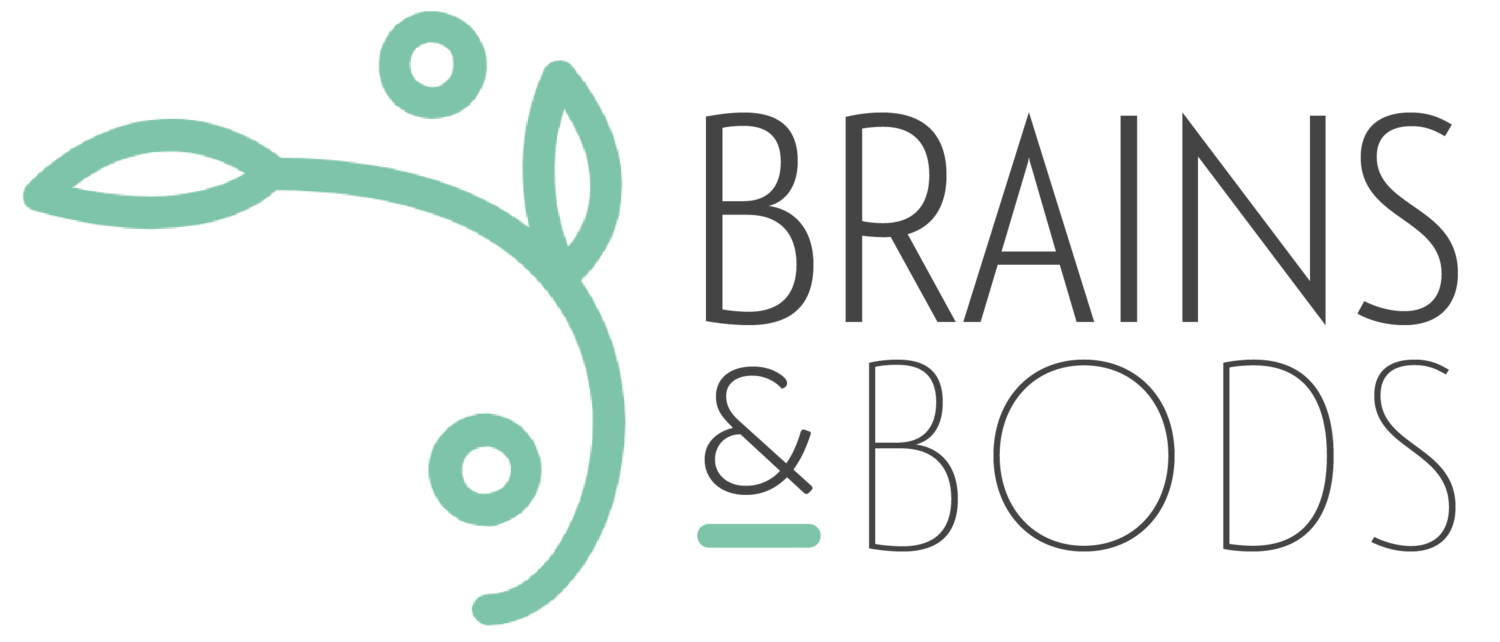














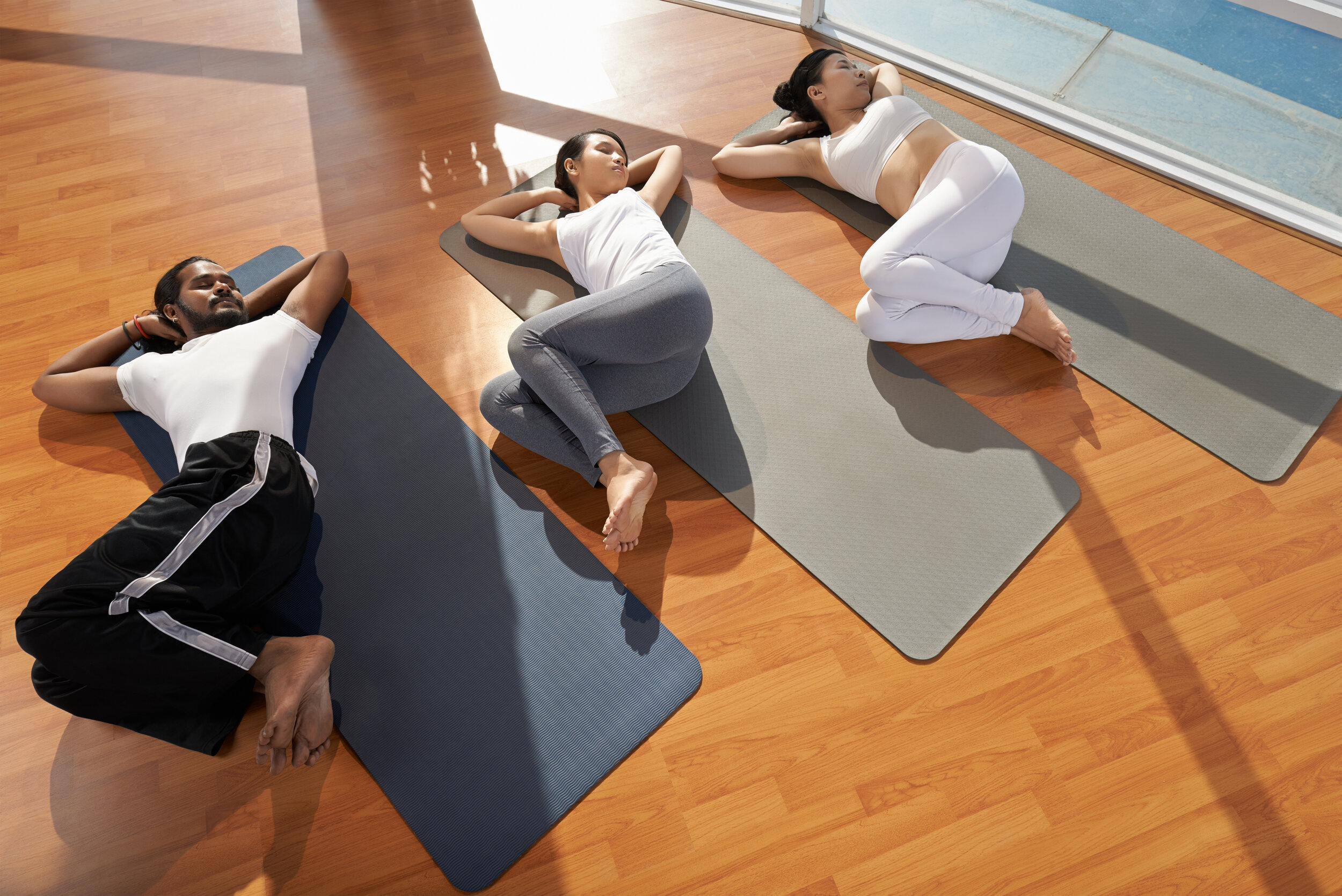




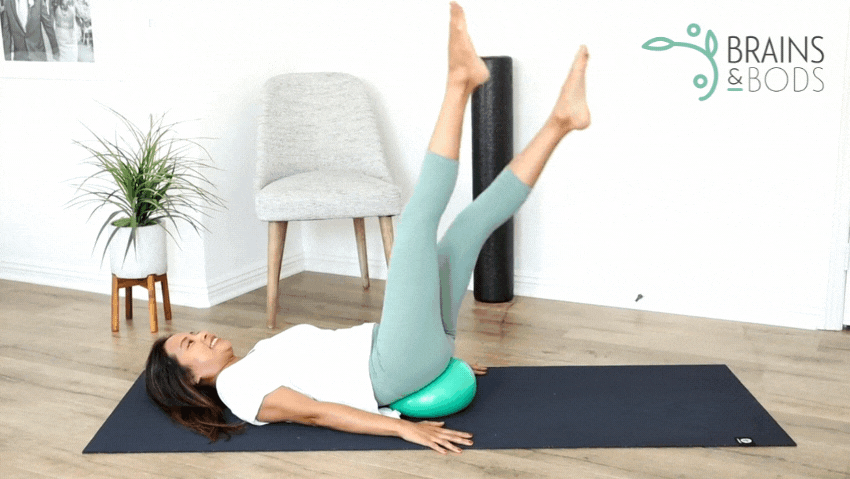

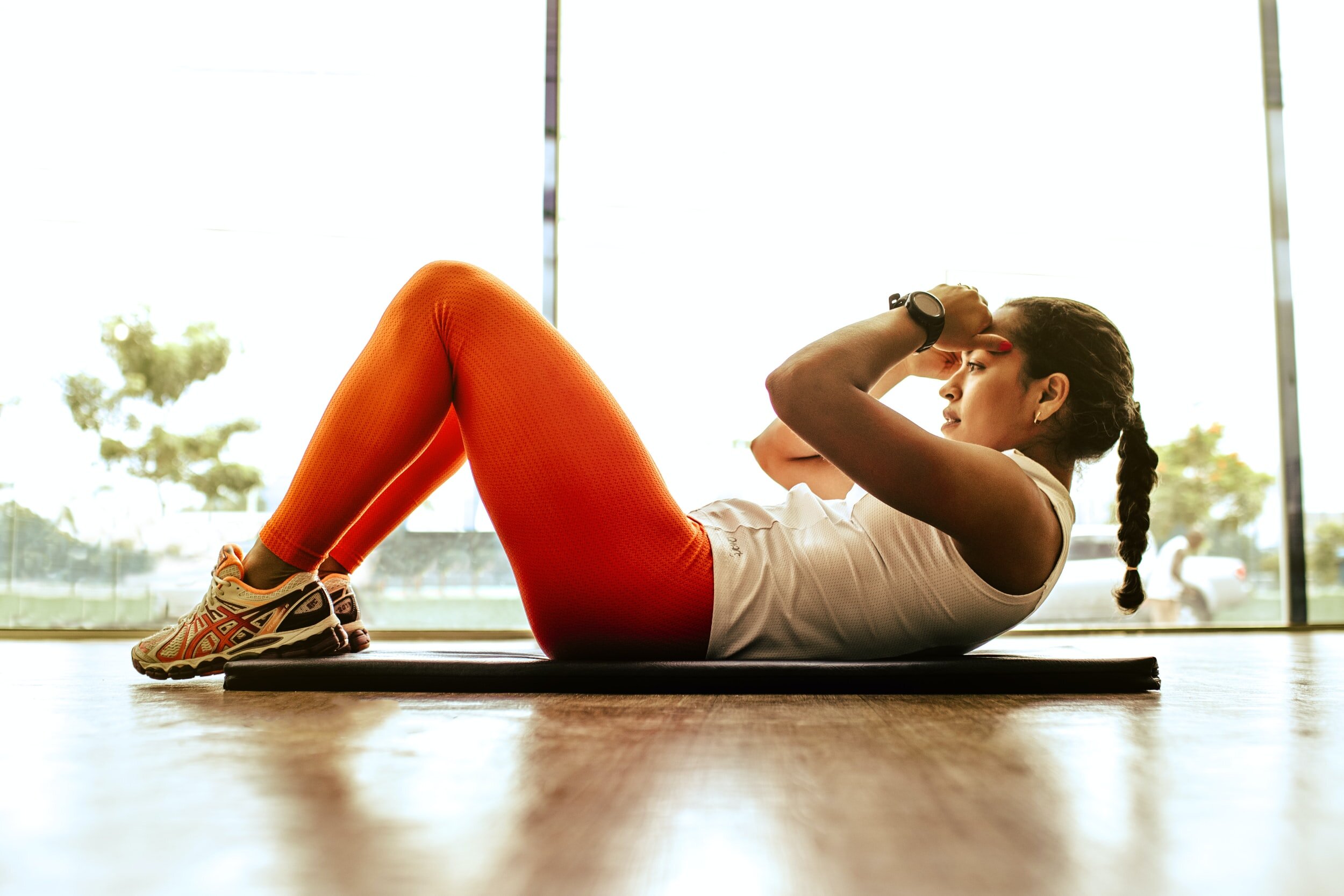


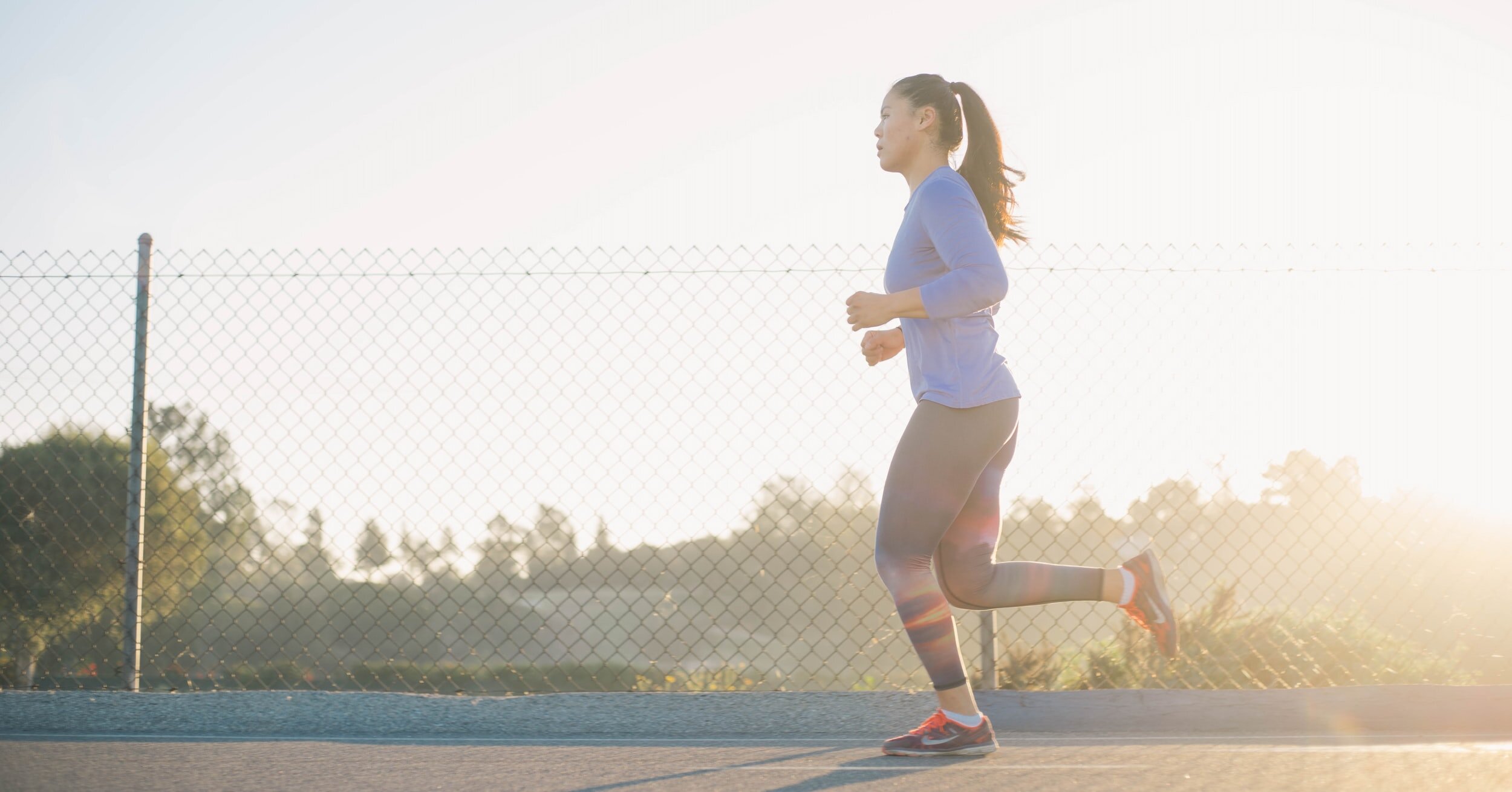


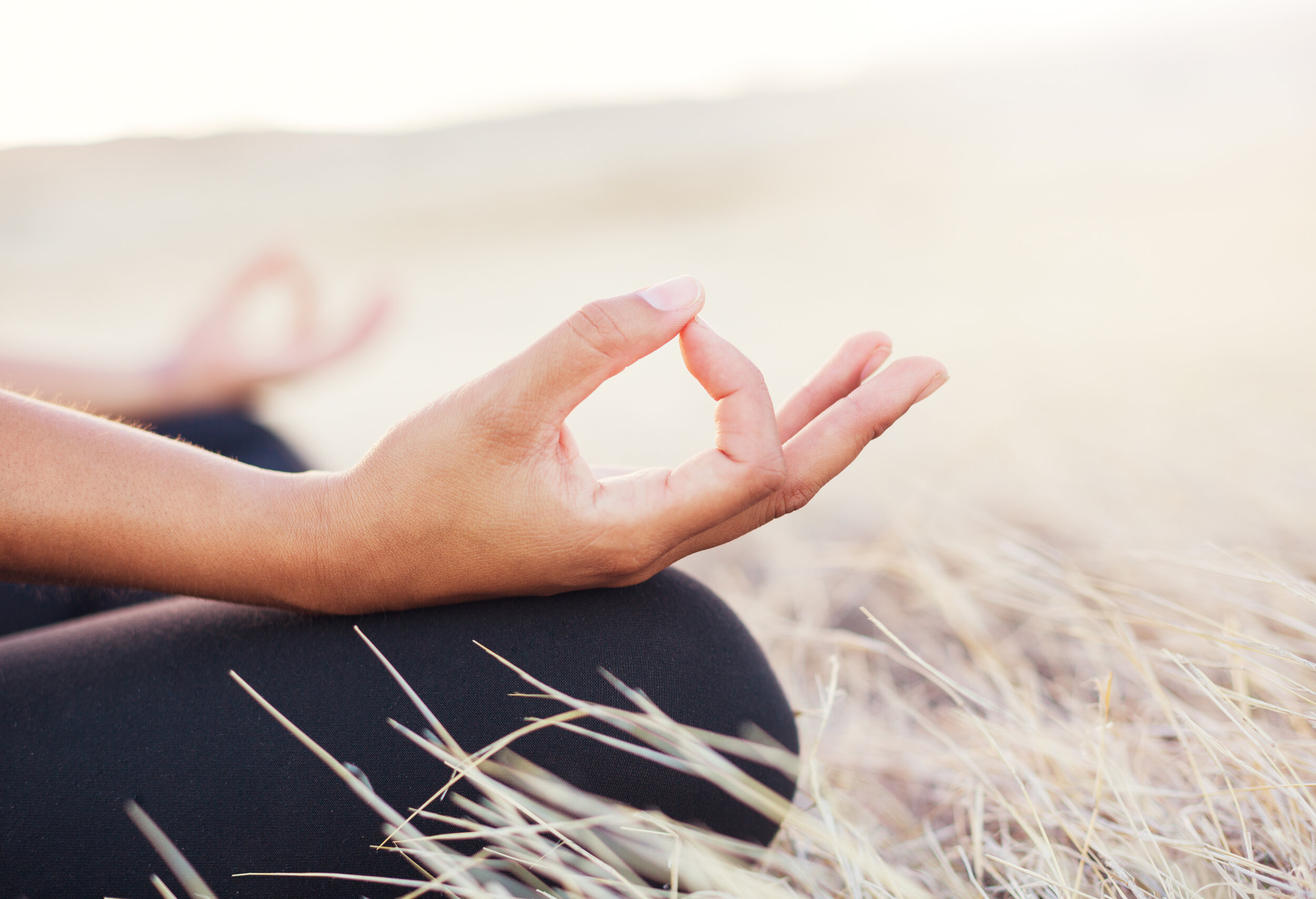
Do you struggle with side planks? Try a modified version on your forearm and knee. You can add different exercises in this position to work the side body while working towards a full side plank.